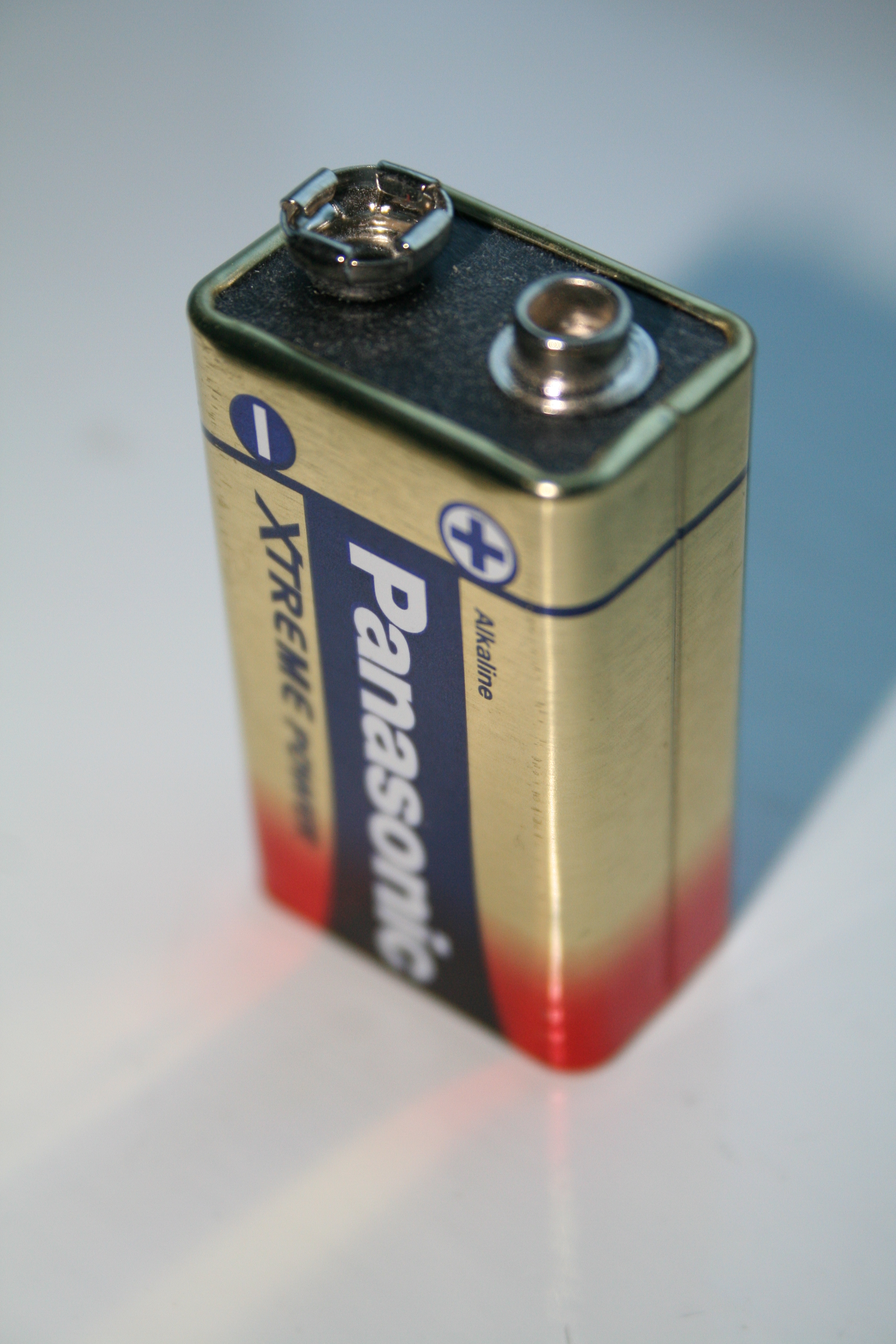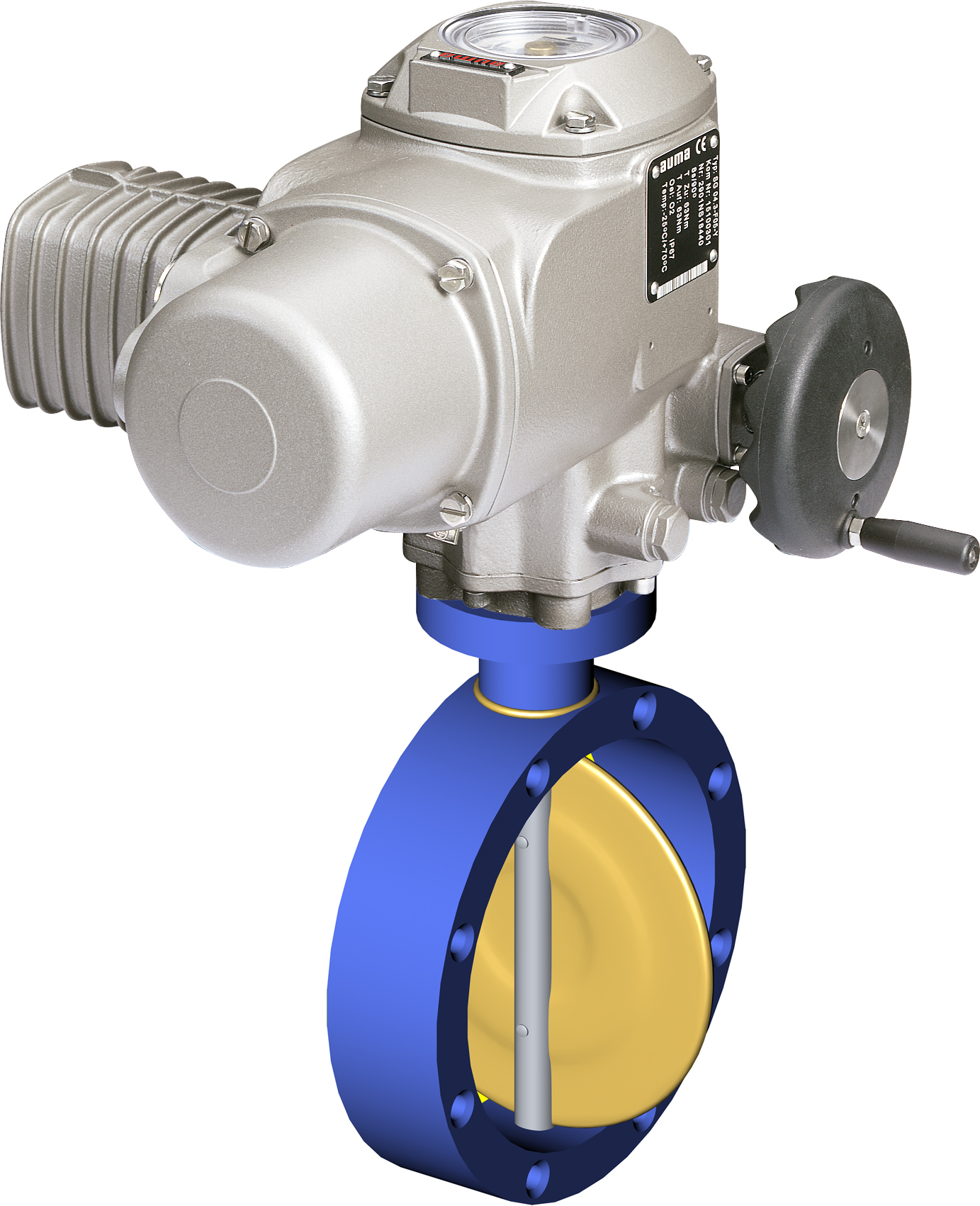|
Air Core Gauge
An air core gauge is a specific type of rotary actuator in an analog display gauge that allows an indicator to rotate a full 360 degrees. It is used in gauges and displays, most commonly automotive instrument clusters. A typical automotive application is shown at the right. The air core gauge is a type of "air-core motor". It may be considered a "gauge movement" or "pointer indication device". Background There are four common types of rotary actuators: * Physical gauges, in which the needle is attached directly to the value being measured; for example, a mechanical pressure gauge * Analog volt meters or d'Arsonval movements, which consist of a coil and a permanent magnet * Stepper motors, which move in one-notch increments or steps * Air-core motors, as described below. Construction and operation The air core gauge consists of two independent, perpendicular coils surrounding a hollow chamber. A needle shaft protrudes into the chamber, where a permanent magnet is affixed ... [...More Info...] [...Related Items...] OR: [Wikipedia] [Google] [Baidu] |
Tachometer 2011 Honda Civic
A tachometer (revolution-counter, tach, rev-counter, RPM gauge) is an instrument measuring the rotation speed of a shaft or disk, as in a motor or other machine. The device usually displays the revolutions per minute (RPM) on a calibrated analogue dial, but digital displays are increasingly common. The word comes . Essentially the words tachometer and speedometer have identical meaning: a device that measures speed. It is by arbitrary convention that in the automotive world one is used for engine revolutions and the other for vehicle speed. In formal engineering nomenclature, more precise terms are used to distinguish the two. History The first tachometer was described by Bryan Donkin in a paper to the Royal Society of Arts in 1810 for which he was awarded the Gold medal of the society. This consisted of a bowl of mercury constructed in such a way that centrifugal force caused the level in a central tube to fall when it rotated and brought down the level in a narrower tube ab ... [...More Info...] [...Related Items...] OR: [Wikipedia] [Google] [Baidu] |
Integrated Circuit
An integrated circuit (IC), also known as a microchip or simply chip, is a set of electronic circuits, consisting of various electronic components (such as transistors, resistors, and capacitors) and their interconnections. These components are etched onto a small, flat piece ("chip") of semiconductor material, usually silicon. Integrated circuits are used in a wide range of electronic devices, including computers, smartphones, and televisions, to perform various functions such as processing and storing information. They have greatly impacted the field of electronics by enabling device miniaturization and enhanced functionality. Integrated circuits are orders of magnitude smaller, faster, and less expensive than those constructed of discrete components, allowing a large transistor count. The IC's mass production capability, reliability, and building-block approach to integrated circuit design have ensured the rapid adoption of standardized ICs in place of designs using discre ... [...More Info...] [...Related Items...] OR: [Wikipedia] [Google] [Baidu] |
Gauge (instrument)
In science and engineering, a dimensional gauge or simply gauge is a device used to make measurements or to display certain Physical dimension, dimensional information. A wide variety of tools exist which serve such functions, ranging from simple pieces of material against which sizes can be measured to complex pieces of machinery. Dimensional properties include thickness, gap in space, diameter of materials.Ray Herren, ''Agricultural Mechanics: Fundamentals & Applications'' (2009), p. 109.Barry Hollembeak, ''Today's Technician: Automotive Electricity and Electronics'' (2010). Basic types All gauges can be divided into four main types, independent of their actual use. # Analogue instrument meter with ''analogue display'' ("needles"). Until the later decades the most common basic type. # Digital instrument meter with ''analogue display''. A screen that shows an "analogue meter", commonly used in modern aircraft cockpits, and some hospital equipment etc. # Digital instrument meter ... [...More Info...] [...Related Items...] OR: [Wikipedia] [Google] [Baidu] |
Electric Motor
An electric motor is a machine that converts electrical energy into mechanical energy. Most electric motors operate through the interaction between the motor's magnetic field and electric current in a electromagnetic coil, wire winding to generate Laplace force in the form of torque applied on the motor's shaft. An electric generator is mechanically identical to an electric motor, but operates in reverse, converting mechanical energy into electrical energy. Electric motors can be powered by direct current (DC) sources, such as from batteries or rectifiers, or by alternating current (AC) sources, such as a power grid, Inverter (electrical), inverters or electrical generators. Electric motors may also be classified by considerations such as power source type, construction, application and type of motion output. They can be brushed motor, brushed or brushless motor, brushless, single-phase electric power, single-phase, two-phase electric power, two-phase, or three-phase electric p ... [...More Info...] [...Related Items...] OR: [Wikipedia] [Google] [Baidu] |
Electronic Instrument Cluster
A dashboard (also called dash, instrument panel or IP, or fascia) is a control panel set within the central console of a vehicle, boat, or cockpit of an aircraft or spacecraft. Usually located directly ahead of the driver (or pilot), it displays instrumentation and controls for the vehicle's operation.; citing ''Annual Report of the Commissioner of Patents, 1846'', 81, in United States Congressional Serial Set (29th Congress, 2nd Session: House of Representatives Executive Document 52), III. An electronic equivalent may be called an electronic instrument cluster, digital instrument panel, digital dash, digital speedometer or digital instrument cluster''.'' By analogy, a succinct display of various types of related visual data in one place is also called a dashboard. Etymology Originally, the word ''dashboard'' applied to a barrier of wood or leather fixed at the front of a horse-drawn carriage or sleigh to protect the driver from mud or other debris "dashed up" (thrown u ... [...More Info...] [...Related Items...] OR: [Wikipedia] [Google] [Baidu] |
Dashboard
A dashboard (also called dash, instrument panel or IP, or fascia) is a control panel (engineering), control panel set within the central console of a vehicle, boat, or cockpit of an aircraft or spacecraft. Usually located directly ahead of the driver (or pilot), it displays instrumentation and controls for the vehicle's operation.; citing ''Annual Report of the Commissioner of Patents, 1846'', 81, in United States Congressional Serial Set (29th Congress, 2nd Session: House of Representatives Executive Document 52), III. An electronic equivalent may be called an electronic instrument cluster, digital instrument panel, digital dash, digital speedometer or digital instrument cluster''.'' By analogy, a succinct display of various types of related Data and information visualization, visual data in one place is also called a dashboard. Etymology Originally, the word ''dashboard'' applied to a barrier of wood or leather fixed at the front of a horse-drawn Carriage#Body, carriage or s ... [...More Info...] [...Related Items...] OR: [Wikipedia] [Google] [Baidu] |
Voltage
Voltage, also known as (electrical) potential difference, electric pressure, or electric tension, is the difference in electric potential between two points. In a Electrostatics, static electric field, it corresponds to the Work (electrical), work needed per unit of Electric charge, charge to move a positive Test particle#Electrostatics, test charge from the first point to the second point. In the SI unit, International System of Units (SI), the SI derived unit, derived unit for voltage is the ''volt'' (''V''). The voltage between points can be caused by the build-up of electric charge (e.g., a capacitor), and from an electromotive force (e.g., electromagnetic induction in a Electric generator, generator). On a macroscopic scale, a potential difference can be caused by electrochemical processes (e.g., cells and batteries), the pressure-induced piezoelectric effect, and the thermoelectric effect. Since it is the difference in electric potential, it is a physical Scalar (physics ... [...More Info...] [...Related Items...] OR: [Wikipedia] [Google] [Baidu] |
Electrical Polarity
The following Outline (list), outline is provided as an overview of and topical guide to electrical polarity (also called electric polarity). Positive and negative polarity * In electrical engineering, electrical polarity defines the direction in which the electrical current would flow once a source is connected; usually used for the direct current sources, where terminals are traditionally labeled with polarity symbols + (positive) and - (negative), with the conventional current chosen to flow from the positive to negative terminal. ** By analogy, when in electronics a signal is observed across two terminals, the measurement of voltage between the terminals yields opposing signs for the positive and negative polarity. * In physics and chemistry, electric polarity defines the electric charge separation into positive and negative charges within a system or molecule (for example, water molecules have unequal distribution of electrons between the oxygen and hydrogen atoms). The q ... [...More Info...] [...Related Items...] OR: [Wikipedia] [Google] [Baidu] |
Cosine
In mathematics, sine and cosine are trigonometric functions of an angle. The sine and cosine of an acute angle are defined in the context of a right triangle: for the specified angle, its sine is the ratio of the length of the side opposite that angle to the length of the longest side of the triangle (the hypotenuse), and the cosine is the ratio of the length of the adjacent leg to that of the hypotenuse. For an angle \theta, the sine and cosine functions are denoted as \sin(\theta) and \cos(\theta). The definitions of sine and cosine have been extended to any real number, real value in terms of the lengths of certain line segments in a unit circle. More modern definitions express the sine and cosine as Series (mathematics), infinite series, or as the solutions of certain differential equations, allowing their extension to arbitrary positive and negative values and even to complex numbers. The sine and cosine functions are commonly used to model periodic function, periodic pheno ... [...More Info...] [...Related Items...] OR: [Wikipedia] [Google] [Baidu] |
Rotary Actuator
A rotary actuator is an actuator that produces a rotation, rotary motion or torque. The simplest actuator is purely mechanical, where linear motion in one direction gives rise to rotation. The most common actuators are electrically powered; others may be powered pneumatically or fluid power, hydraulically, or use Electrical energy, energy stored in Solenoid, springs. The motion produced by an actuator may be either continuous rotation, as for an electric motor, or movement to a fixed angular position as for servomotors and stepper motors. A further form, the torque motor, does not necessarily produce any rotation but merely generates a precise torque which then either causes rotation or is balanced by some opposing torque. Actuator power sources Electric actuators Stepper motors Stepper motors are a form of electric motor that has the ability to move in discrete steps of a fixed size. This can be used either to produce continuous rotation at a controlled speed or to mov ... [...More Info...] [...Related Items...] OR: [Wikipedia] [Google] [Baidu] |
Sine
In mathematics, sine and cosine are trigonometric functions of an angle. The sine and cosine of an acute angle are defined in the context of a right triangle: for the specified angle, its sine is the ratio of the length of the side opposite that angle to the length of the longest side of the triangle (the hypotenuse), and the cosine is the ratio of the length of the adjacent leg to that of the hypotenuse. For an angle \theta, the sine and cosine functions are denoted as \sin(\theta) and \cos(\theta). The definitions of sine and cosine have been extended to any real value in terms of the lengths of certain line segments in a unit circle. More modern definitions express the sine and cosine as infinite series, or as the solutions of certain differential equations, allowing their extension to arbitrary positive and negative values and even to complex numbers. The sine and cosine functions are commonly used to model periodic phenomena such as sound and light waves, the posit ... [...More Info...] [...Related Items...] OR: [Wikipedia] [Google] [Baidu] |
Air Core Actuator Pcb Mounting Honda
An atmosphere () is a layer of gases that envelop an astronomical object, held in place by the gravity of the object. A planet retains an atmosphere when the gravity is great and the temperature of the atmosphere is low. A stellar atmosphere is the outer region of a star, which includes the layers above the opaque photosphere; stars of low temperature might have outer atmospheres containing compound molecules. The atmosphere of Earth is composed of nitrogen (78%), oxygen (21%), argon (0.9%), carbon dioxide (0.04%) and trace gases. Most organisms use oxygen for respiration; lightning and bacteria perform nitrogen fixation which produces ammonia that is used to make nucleotides and amino acids; plants, algae, and cyanobacteria use carbon dioxide for photosynthesis. The layered composition of the atmosphere minimises the harmful effects of sunlight, ultraviolet radiation, solar wind, and cosmic rays and thus protects the organisms from genetic damage. The current composition of t ... [...More Info...] [...Related Items...] OR: [Wikipedia] [Google] [Baidu] |








